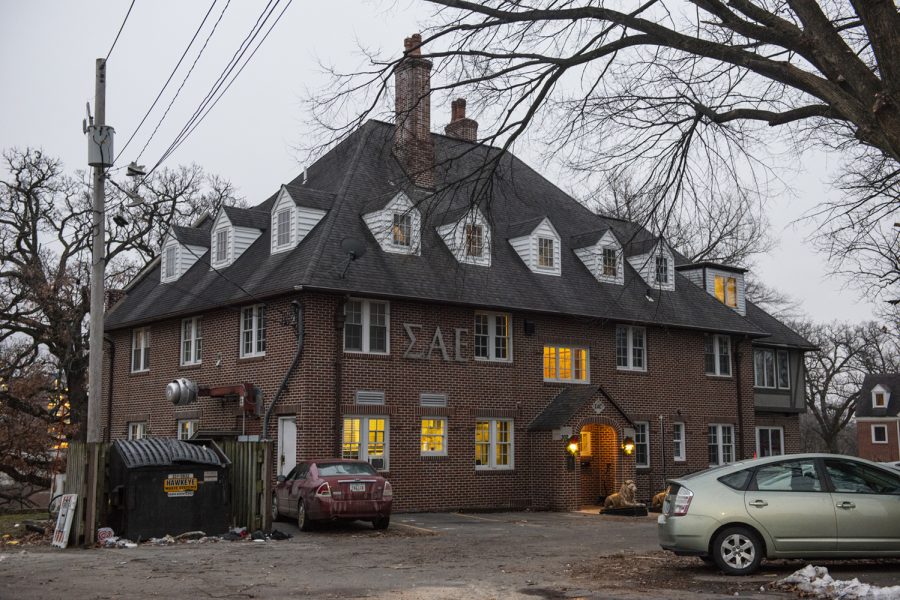Iowa City city councilors have seen an influx of e-mails and letters from a range of individuals regarding the controversial 21-ordinance.
For the last several weeks, e-mails about the 21-ordinance dominated the correspondence included in councilor’s packets. Fifty-four messages were a part of the March 23 materials, seven on March 29, and eight notes were attached to the councilors’ agenda when they passed the measure 6-1 on April 6.
Their March 23 and 29 meeting packets included 54 and seven e-mail messages, respectively. Eight e-mails were included on Tuesday, when the City Council passed the ordinance on a 6-1 vote, said City Clerk Marian Karr.
The e-mails and written letters included in the council’s agendas from the past two weeks were almost exactly split in support of ordinance.
“More communication from the public to the City Council is good,” said University of Iowa radiology Clinical Professor James Ponto, who sent an e-mail in favor of the ordinance. “This is a way to have more people involved and show a greater cross-section.”
Ponto, who has been an Iowa City resident for more than 30 years, told The Daily Iowan his primary purpose in writing the council was to show that not all North Side residents oppose the ordinance.
E-mail communication avoids conflicts with board meetings and the limited time for public comment, he said.
The messages came from UI students, their parents, Iowa City residents, business owners, national experts, UI administrators, UI faculty, and officials from communities who have enacted similar ordinances.
“Like other prevention experts around the country, I have long been aware of efforts made by the University of Iowa to reduce underage and dangerous drinking by its students,” William DeJong, a professor in the department of community health services at Boston University, wrote in an e-mail of support to the council.
Karr said she has seen a “definite increase” in the number of e-mails the council receives, noting it’s now the councilors’ primary form of communication with the public.
David Dellsperger, a 21-year-old UI student, wrote a March 27 e-mail to the council detailing why he opposes the ordinance. While he said e-mailing is a good way to initiate communication, being physically present at council meetings is more important when discussing such controversial issues.
“They may or may not read the whole e-mail and if they do read it, that doesn’t necessarily mean they’re going to talk about it,” said Dellsperger, who attended the ordinance’s second reading. “But if you go into the council, it will … get them to know where you’re coming from.”
Though he said addressing the councilors was a good opportunity, he doubted councilors’ opinions would have been swayed by public comment.
Mayor Matt Hayek told the DI earlier this week that “collectively, [the e-mails] provided us with important information.”
Matt Wiegand, a 30-year-old lifelong resident of Iowa City, also contacted the council via e-mail to voice his personal support for the ordinance.
He said Councilor Regenia Bailey — the sole councilor to vote against the ordinance — e-mailed him back to explain why she will still vote against it.
“I appreciate the fact that she wrote me back,” Wiegand said. “And I appreciated the forum and the ability to write the council. At least they read it.”






